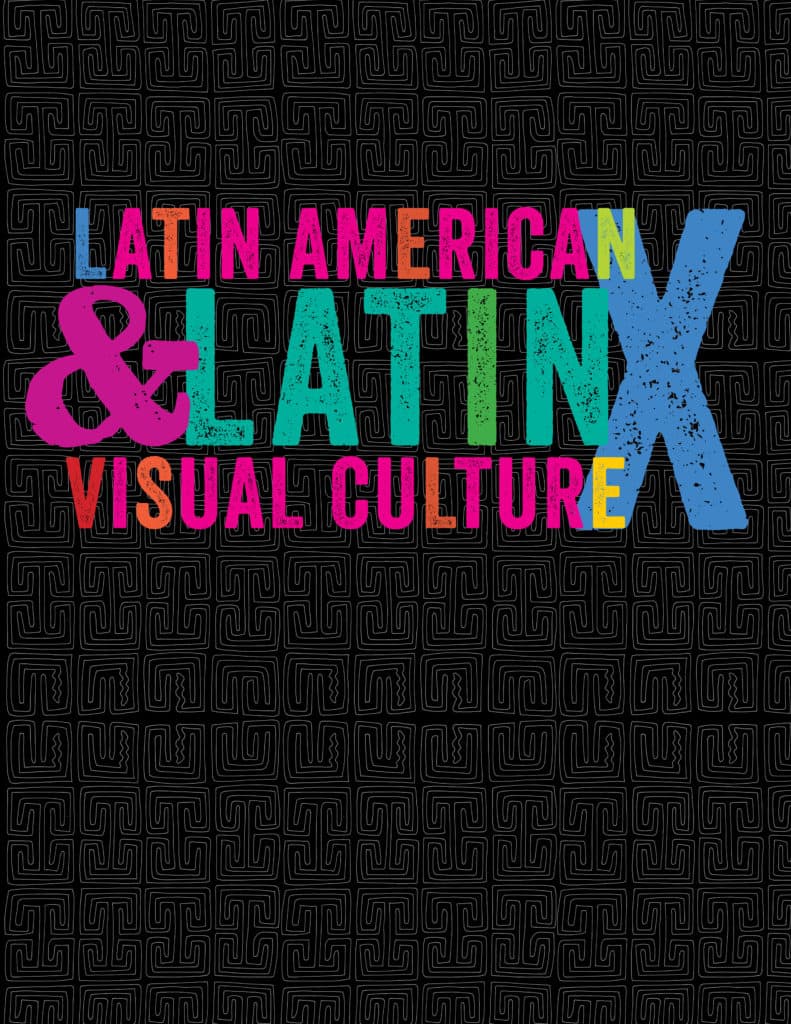
We are looking forward to celebrating the first anniversary of Latin American and Latinx Visual Culture at the College Art Association’s annual conference in Chicago this week. Last year at CAA, we announced the publication of the first issue of LALVC, with scholarly articles covering historic, modern, and contemporary Latin American and Latinx topics, a Dialogues debating current issues in the state of the field, and book reviews critically assessing recently published art historical and visual culture studies scholarship. Since the publication of our first issue, we have released four additional issues showcasing interdisciplinary scholarship by a diverse group of authors based in Latin America and from across the USA. In just one year, LALVC has established a powerful digital platform for gathering creative thinkers from around the world.
As we saw just last week, when Yale University art history professor Tim Barringer wrote in a letter to CAA defending changes the university recently made to its art history curriculum, art history and visual culture studies are struggling to demonstrate their relevance in the contemporary world. According to Barringer, “Art history is a global discipline.” Barringer and his faculty are working to shape the discipline of art history to ensure that, “the diversity of the department’s faculty and our intellectual interests finds an analogue in the diversity of today’s student body.” It is the work of art history and visual culture studies in the twenty-first century to forge transcultural connections across a complex array of global intersections. Art is uniquely positioned to make it possible for us to rethink the ways we think.
Meet LALVC Editors Charlene Villaseñor Black and Emily Engel, along with members of LALVC’s editorial board, at #CAA2020. Join us at the UC Press Booth (#502-504) on Saturday, February 15 from 9:00-10:00 AM.
The University of California Press has supported the inclusionary digital humanities platform in LALVC that is an accessible, dynamic, and engaging resource for professionals across the discipline. With each new issue of LALVC, we continue to work to foster the development of new analytical models and methodologies that produce fresh sources of theoretical knowledge, in the process revitalizing the discipline and affecting real social change. Of course, we could not do it alone. We would like to thank all the CAA members who generously contributed their scholarship, time, and energy by participating in the growth of the journal in 2019.
Senior Editor Charlene Villaseñor Black and I will be at the CAA annual conference in Chicago this week to present LALVC at the business meetings of the Association for Latin American Art and the US Latinx Art Forum, two CAA affiliated societies that have been extraordinarily supportive of LALVC. The conference provides us with the unparalleled opportunity to meet with scholars, students, museum professionals, artists, activists, publishers, and conference attendees to discuss their current work and potential publication opportunities. Join us on Saturday, February 15th between 9am and 10am in the University of California Press booth (502, 504) of the Book and Trade Fair. For submissions inquiries or for subscription information you can write to: lalvcsubmissions@ucpress.edu. And, be sure to check out Issue 1.3, which is available for free online during the CAA annual conference February 11-15, 2020.
